Changes afoot, but glass ceiling for women in advtg, mktg & media remains
Gender equality in the advertising, marketing and media industry came under the scanner at a panel discussion that preceded the third edition of IndIAA Awards in Mumbai on Friday evening, September 8, 2017.
Well-known names from the industry – Anuja Gulati, State Programme Coordinator, UNFPA India; Shalini Kamath, Independent Director; Meenakshi Menon, Managing Partner, Spatial Access; Rohit Suri, Head, Talent and HR, GroupM; and Sudhanshu Vats, Group CEO, Viacom18 Media, discussed whether the industry was really gender sensitive and whether it had been able to break the glass ceiling as far as women executives are concerned. Megha Tata, COO, BTVi and Vice-President, IAA India Chapter, moderated the session.
At the outset, Sudhanshu Vats mentioned how there were several important women in his life – his mother, wife, teacher and two young daughters, and noted that there were clear and definite changes regarding gender sensitivity.
Speaking about Viacom18 Media’s commitment to ushering in gender sensitivity in the organisation, Vats pointed out, “At the entry level, we have 44 per cent women. We are moving towards 50 per cent. At the senior level, women currently constitute 27 per cent. We are moving the needle. We want to do it on merit basis – it’s about capability and not gender. We offer women nine months’ maternity leave (and 1 month’s paternity leave). Post that, we also offer new mothers the option of working from for three months.”
“More importantly, Viacom18 has zero tolerance towards sexual harassment of employees,” Vats affirmed.
When asked to comment where the industry stands in terms of gender sensitivity, Meenakshi Menon noted that the advertising industry is purely driven by talent and capability.
She, however, had a different take on granting of maternity leave to women employees. According to Menon, six months of maternity is kind of a reservation and benefit given to women in an organisation and “a worst kind of thing that can happen in the industry”, which means that the woman employee is not active in the organisation for half a year. “Organisations like Viacom18 can help women get back to the position they were in before going on maternity leave, but some organisations don’t do the same. They don’t want to increase their women employees due to several hidden issues like this. If an organisation is giving six months’ maternity leave to women, then it should also give half of its paternity leave to men. If an organisation fails to do this, it creates certain sets of benefits for women, which create gender bias in the industry. Organisations should have equality in all aspects, because when it starts picking a gender and helping it, it starts creating disparity,” Menon affirmed.
She also lamented that women didn’t know how to network well; while men took their groups out for drinks, women could not do that. “This is the reality of the world,” she added.
Shalini Kamath noted, “Media has dual roles. Firstly, it is driven by talent, and on the other hand, it also changes the cultural thinking of the society by influencing them.”
She further said that while changes are happening in the society, the pace of change is very slow. “The positive part is that many women networks have come forward to support each other. Moreover, these days I am also seeing several men taking up the cause of women,” she added.
At the same time, Kamath also pointed out, “Women who reach a certain level are not able to transcend from that level because after fighting the system for such a long period of time, they lose the patience to fight more, which is very sad.”
Anuja Gulati observed that there are a lot of differences at the corporate level and the grassroot level. “Women do two-third of the work with one-third the resources. However, a lot of the work that women do is looked upon as unproductive. There needs to be a concerted move towards providing equal opportunities and skill development.”
While pointing out that women constituted one-third of the total work force across agencies, Rohit Suri noted, “We have strong, powerful women participation across the agencies. The number of women in premium B-Schools would be at about 20 per cent. So, to achieve 50 per cent at the entry level would take us time. Our top level roles have been very stable, but the second rung has a lot more women. We are investing in developing women to take on larger roles.”
The panelists concluded the discussions by agreeing that while change is happening, it is on a very slow track and it will take a long time for women to break the glass ceiling in the advertising, marketing and media industry.



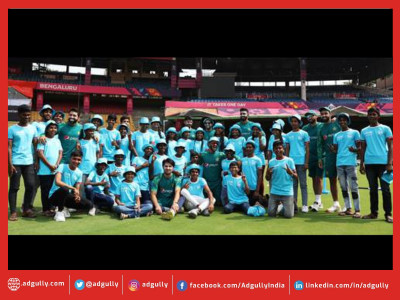
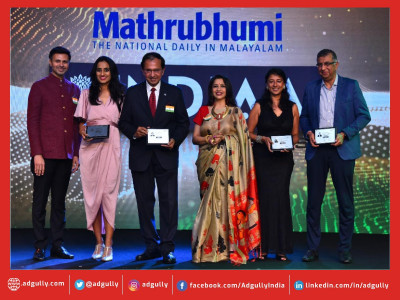

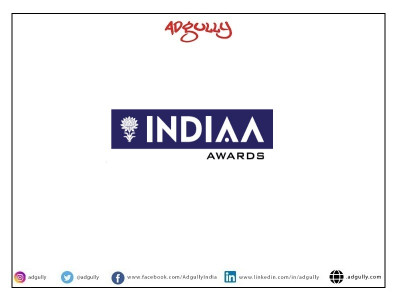


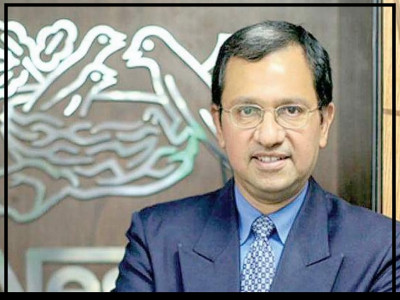

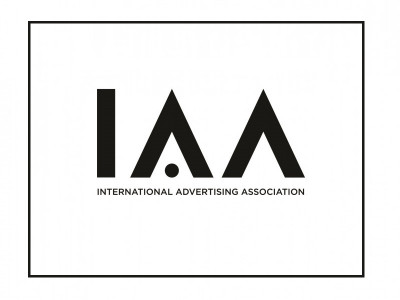




Share
Facebook
YouTube
Tweet
Twitter
LinkedIn